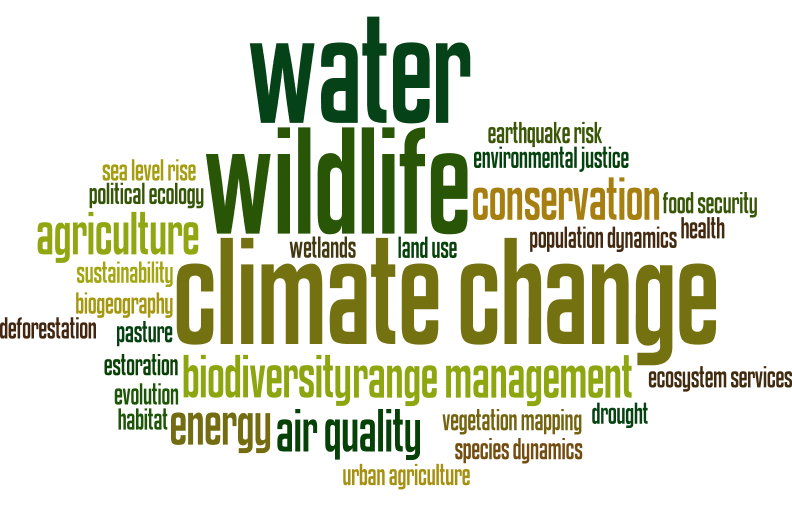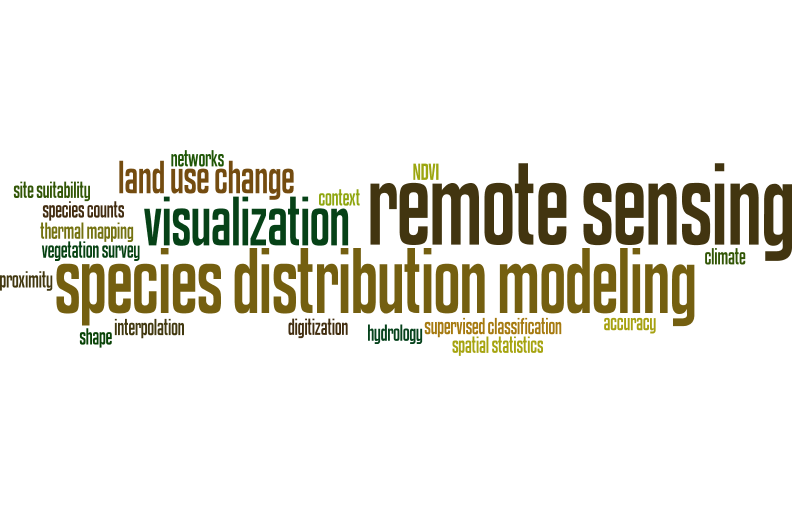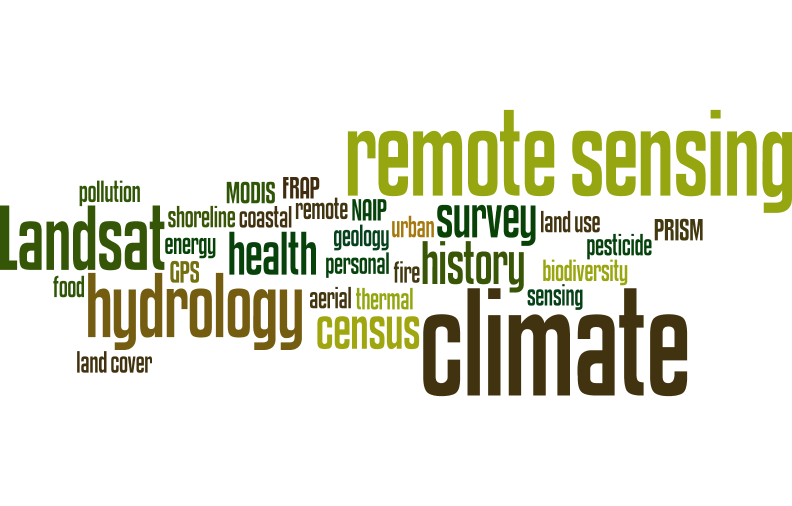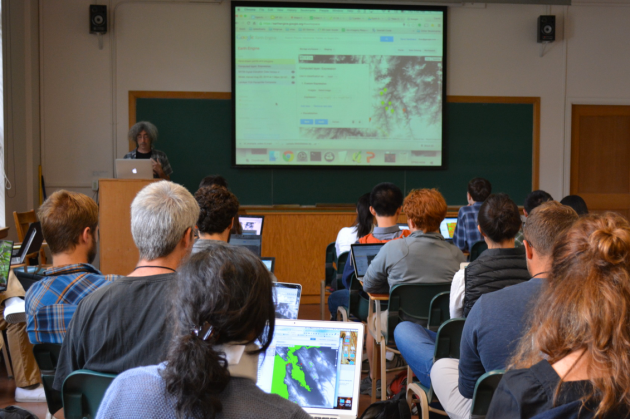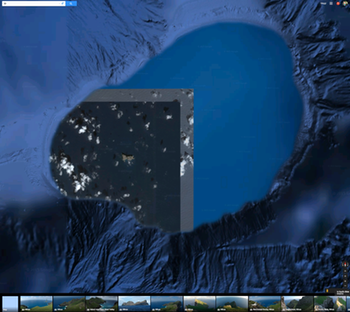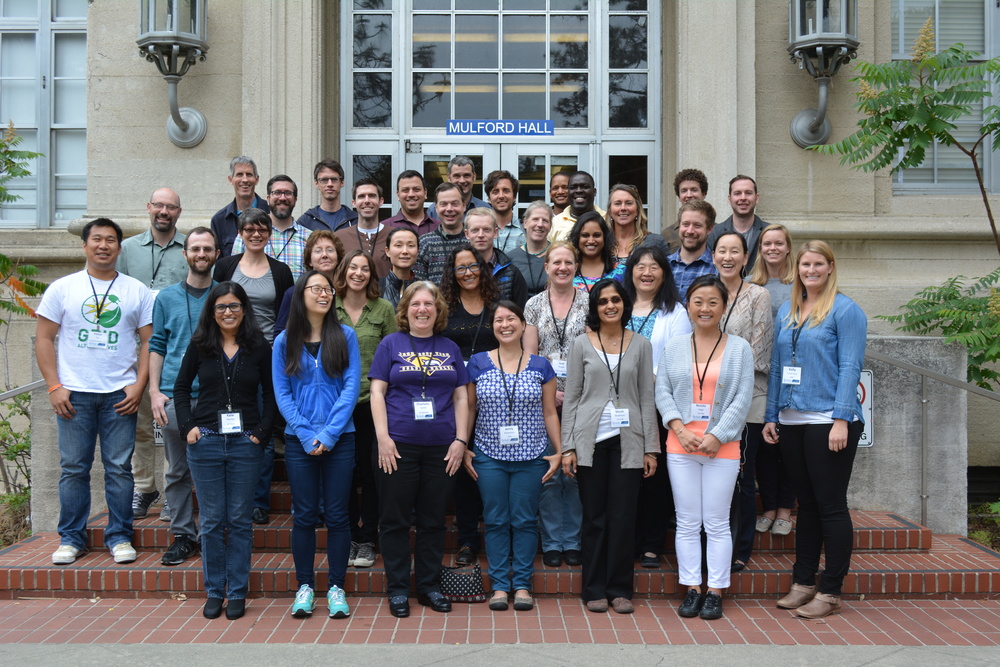RUCS Rural Urban Connections Strategy
/What started as a realtively small project in the Sacramento area to understand the rural agricultural sector has quickly transitioned into a project that hopes to have statewide impact. The premise of the project began with the ideas that planning maps and county data were unrepresentative of rural agricultural areas which in maps were shown as a single color, "green". Using pesticide report data and remote sensing imagery the project was able to assemble a much more vibrant and representative map that now serves as the backbone of their models.
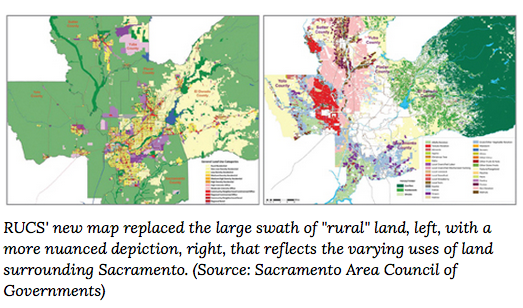
This project called Rural-Urban Connections Strategy or RUCS for short made a huge impact on how the city council and politicans were veiwing the agricultural sector. Once the data was collected the folks at RUCS created an econometrics model to understanding the needs and costs of changing agricultural production across the area. See more about the model they employed here and more information on their approach here
Using the methodology and tools below understanding the rural and urban connections of agricultural will become transferable and scalable so any local, regional, state or federal organization may adapt them.
1. SACOG created a CROP MAP that details agriculture production at the field level across more than 2 million acres of farmland.
2. Building on the crop map, the ECONOMETRIC MODEL tests how cropping patterns could change under different conditions such as changes input costs.
3 The DIET/LAND NEEDS MODEL estimates how much land is needed to meet demand for locally grown food.
4 The I-PLACE3S web-based land use modeling tool facilitates land use planning for agriculture and ruralcommunities. .
5 The INFRASTRUCTURE/FISCAL MODEL (IMPACS) provides local governments a means of evaluating the fiscal challenges and opportunities of providing infrastructure and services in their communities.
Now the questions is how and where to scale RUCS up to a statewide assessment tool. More to come in furture conversations with the folks over at RUCS
Other helpful links from our discussion


